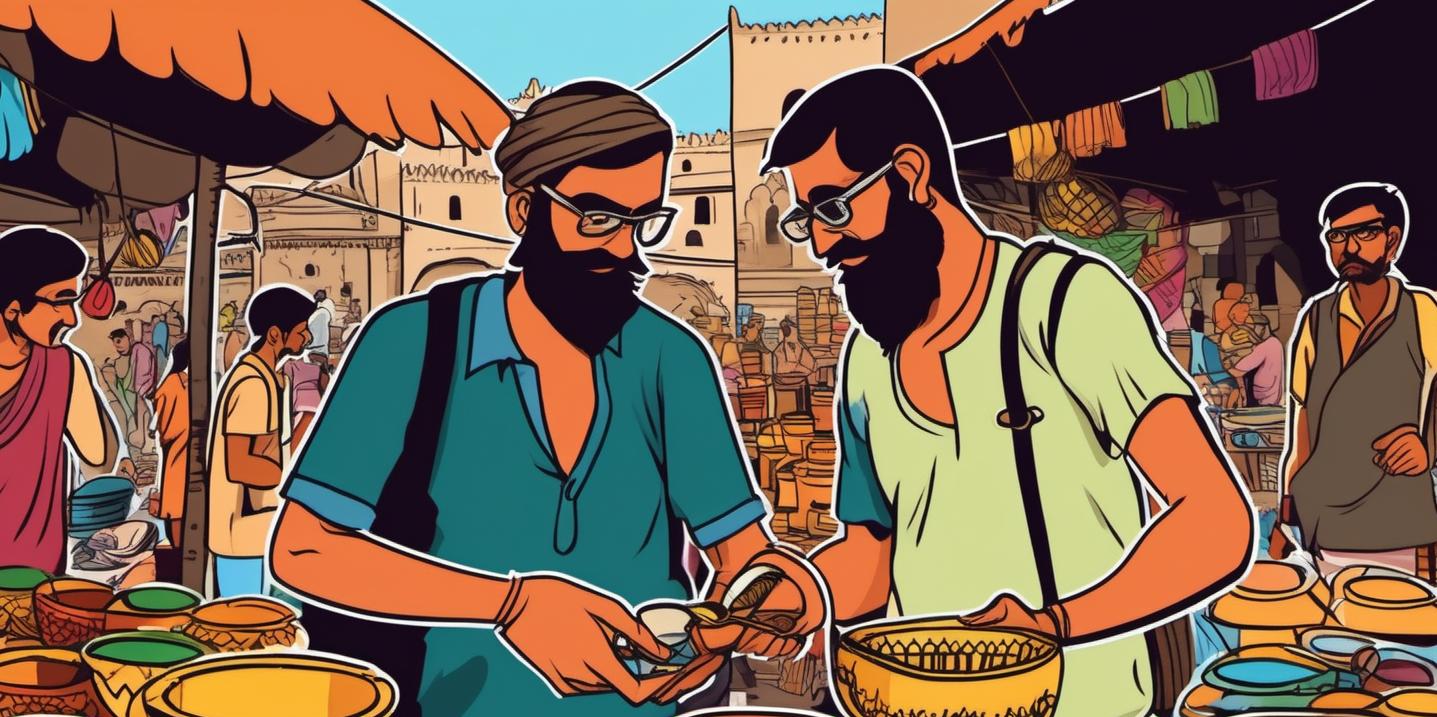On the shelf behind me there is a beautifully-crafted bowl, and a simple accompanying spoon, sculpted by a member of the Wiwa tribe in the Sierra Nevada de Santa Marta rainforest of Colombia. When I see it, I think of the community there in Gotsezhy, the village to which we descended from Ciudad Perdida, ‘The Lost City’, and of my guide Jose, dressed all in white, dancing through the jungle. I think of the lush, layering montane forest we trekked through to get there, the hammocks we slept in and the football we played with soldiers along the way.
The bowl is in exquisite condition, if a little dusty, owing to the fact that while it is perfectly functional, it’s also a little fragile, and so I rarely use it for its originally intended purpose. When it was bought as a souvenir, it was so it could serve as a physical link to adventures had, and people met - not to carry Shreddies. Some might say this renders the bowl defunct. I disagree.
handicrafts are valuable souvenirs that form a vital part of the tourism experience; they symbolise local traditions and communities...
William Morris, a key figure in the arts and crafts movement and, according to the V&A, “the 19th century’s most celebrated designer”, famously stated that you should “have nothing in your houses that you do not know to be useful or believe to be beautiful.” I do have more functional souvenirs; a copper coffee set from Bosnia, regularly used, and an outdoor knife from Arctic Finland which accompanies me on camping trips. But the journey my bowl has taken is one probably more familiar for souvenirs: removed from its context and put on a shelf, its purpose shifts from being a “useful” craft to a “beautiful” keepsake with sentiment and symbolism; a magnificent memory aid. The word souvenir actually comes from the French “to remember”.
So, what’s in a souvenir? Can a craft still be meaningfully practised if its intended purpose shifts as it moves country?
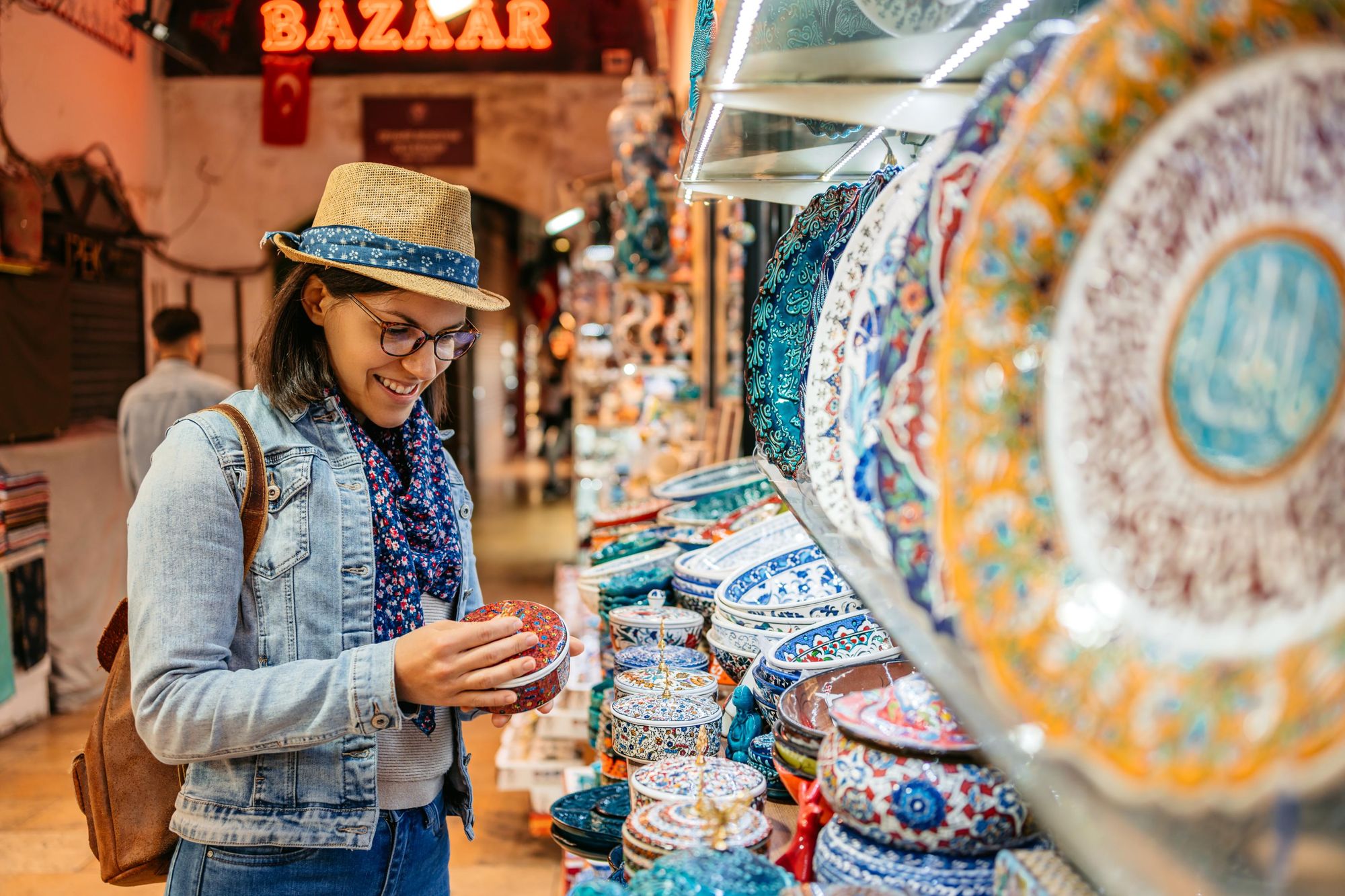
The ATTA's 2023 Industry Snapshot found that the average adventure traveller will spend $189 on local handicrafts or souvenirs. Indeed, wider industry research from April 2023 valued the global handicraft market at over USD 785 billion in 2023, split between metal artware and jewellery, woodware, textiles and pottery. The same study predicts that the market will increase by USD 407.15 billion by 2027.
The ATTA's 2023 Industry Snapshot found that the average adventure traveller spends $189 on local handicrafts or souvenirs...
To fit Morris’ standards, souvenirs should be hand-crafted and high-quality. If they are, souvenirs can support the preservation of traditional craft techniques, while providing valuable income streams to locals without. This is as opposed to the ‘tourist tat’ that crowds many streets, and can have the opposite effect - distorting cultural practices through mass-produced goods that commercialise heritage with no benefits to locals. T-shirts of Mona Lisa dabbing come to mind.
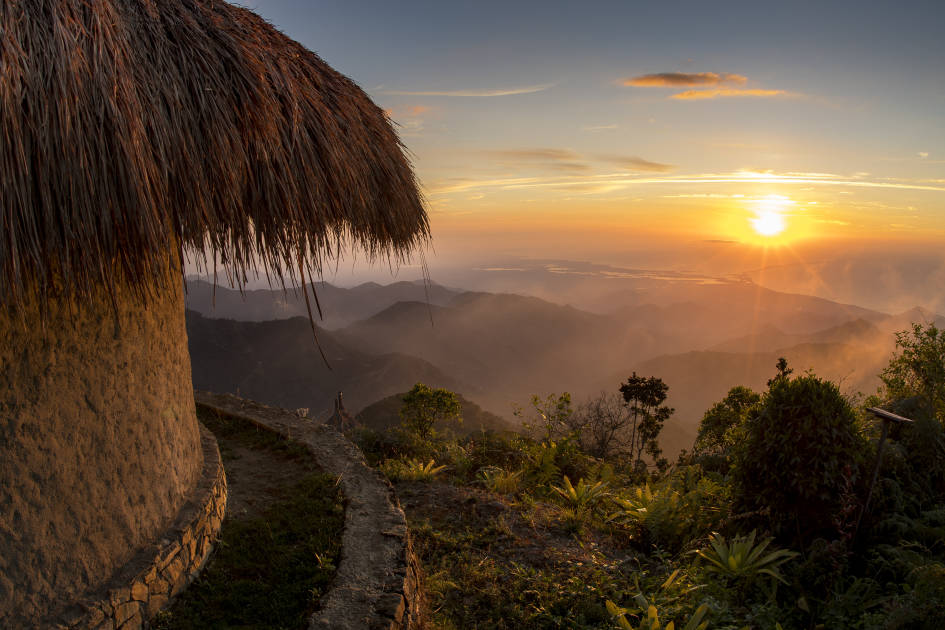
In the former example, tourism money spreads undiluted and instantaneously into a hyperlocal community. In the latter, it leaks out to external economies, and can erode cultural heritage.
Today, authentic craft experiences (markets, workshops etc.) are increasingly important to travellers; a way of connecting with locals and educating themselves on different cultures.
In a 2023 study from the IIS Deemed to be University in Jaipur, the capital of Rajasthan in India, academics Paliwal and Sharma defined handicrafts as “valuable souvenirs that form a vital part of the tourism experience; they symbolise local traditions and communities.” And they cite the sector as one key way to address the “asymmetrical distribution of benefits” of tourism, which means tourist money often flows quickly through an area, without ever finding local pockets.
The South Asia Collection
Mansi S Rao is the Collection Curator at The South Asia Collection, a museum in Norwich, England cared for and managed by The SADACC Trust, which works with source communities to showcase the everyday arts and crafts of South Asia, from embroidered and woven textiles to prints, paintings and vernacular furniture. “We currently have about eight and a half thousand items,” says Mansi.
The idea that handicrafts can be an everyday art is crucial to both the collection and the understanding of their wider importance, both in the tourism industry and beyond.
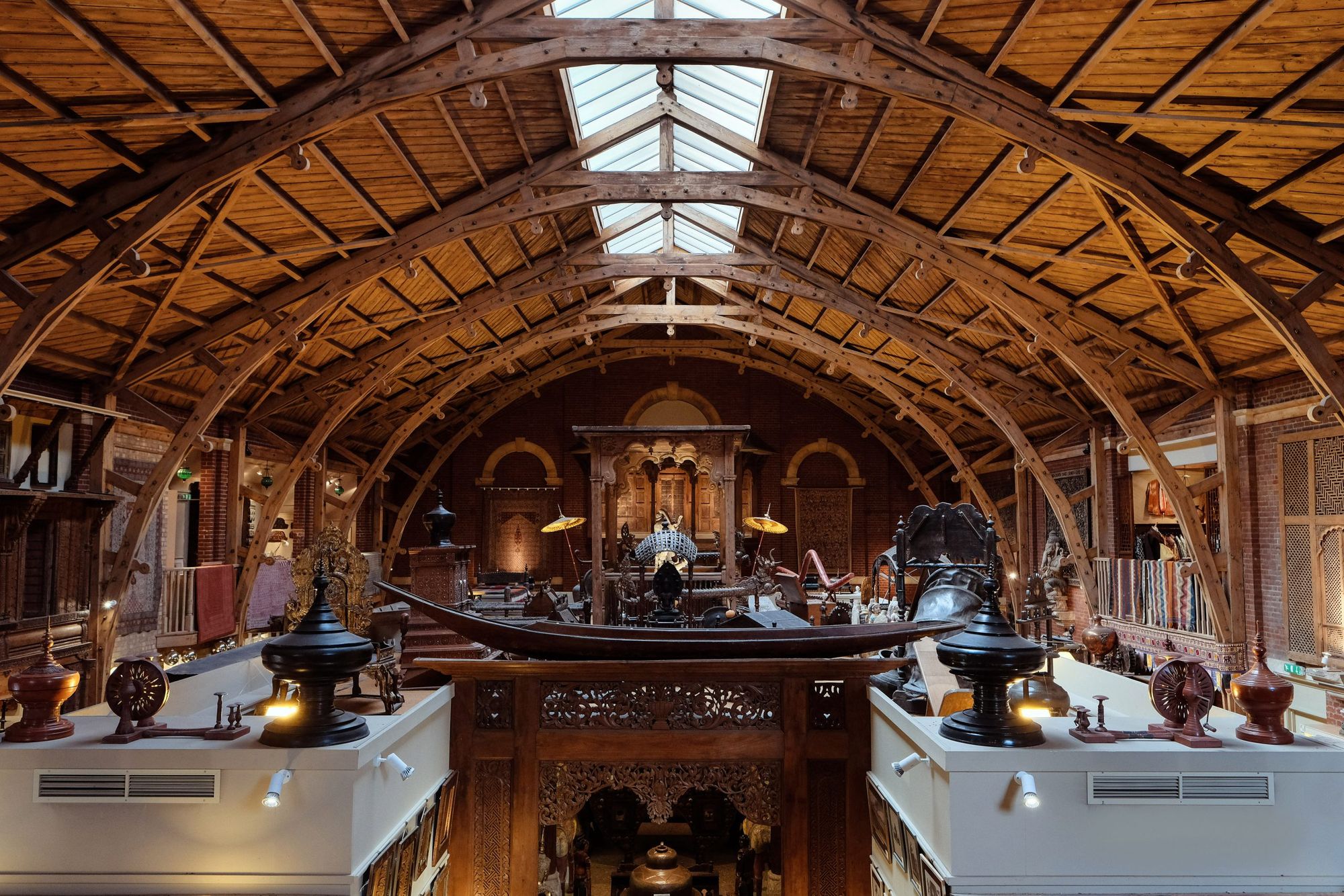
“In India, the idea of craft practices emerge from or are rooted in ideas of societal heirarchy but crafts are now very much a part of aesthetic and lifestyle based consumption,” Mansi says. “A lot of craft communities exist because they are a means of providing utilitarian goods at a society level. If you look at metalsmiths or cobblers for example - they are catering to everyday needs.”
Given infrastructure for their production often already exists, crafts that find a place as souvenirs can then offer everyday people and communities an affordable way to earn through tourism.
Craft people, like any of us, want to make a living and have a good life...
Paliwal and Sharma write that handicrafts in Rajasthan “contribute considerably to the culture and tourist experience of tourist destinations and significantly to the state's economy by employing crafters and artisans who, while preserving cultural heritage, generate income through the informal sector.”
As aforementioned, it’s possible for this to change the nature of the craft itself, from something for use in, say, a specific spiritual ceremony, to something purely being produced for commercial value, and perhaps even manufactured differently. But for Mansi, this is a natural progression.
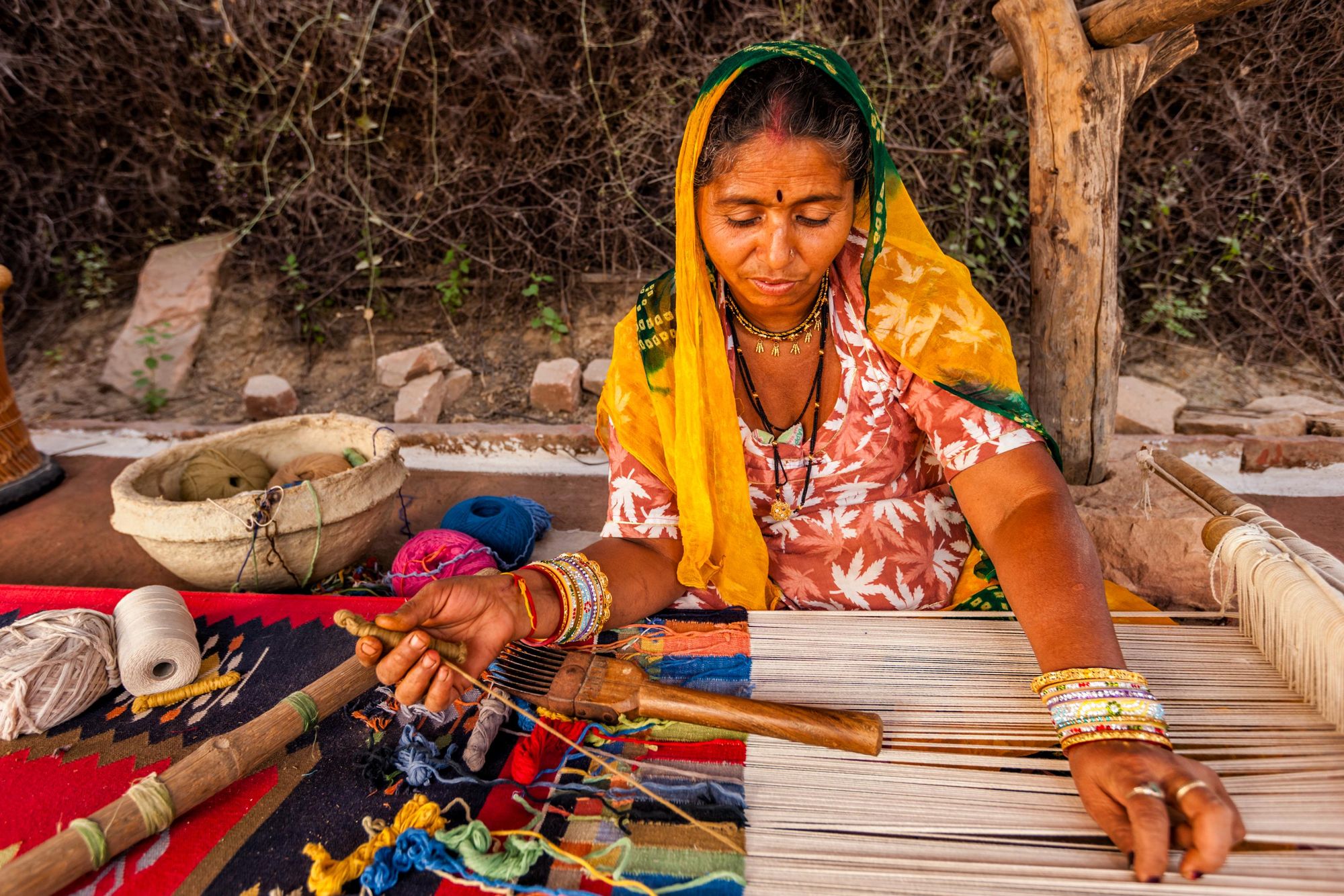
“Craft people, like any of us, want to make a living and have a good life,” she says. “So they may ask ‘why is it expected that we carry this craft forward if there is no money in it?’ For a lot of people, it’s about economic stability - and if you don't evolve to the requirements of current markets, there is no future for those craft practices. They continuously adapt and that's why we see changing manifestations of craft objects from their original intended purpose.”
On the ground in Rajasthan, Mansi has seen practitioners alter their crafts in interesting ways.
“If you look at the [terracotta] Molela plaques, the origins of the craft are in ritual practice and specific communities use these plaques only at a certain time in the year,” she says. “Now because of demand they are producing crafts for souvenir consumption, and we met one craftsperson who said that the way they maintain distinction is they continue to use traditional motifs and representations specific to their ritual practices only for those they use in those practises - and what moves into the souvenir market has its own, different manifestation.
“The same is true for the Kaavad made in Bassi,” she says. Kaavads are portable shrines, containing visual narratives of folk tales, which are told by storytellers known as Kaavadiya Bhats. “Those produced for actual narration by the Kaavadiya Bhat are very different from those produced for the souvenir market - which are just for aesthetic value as a craft object.”
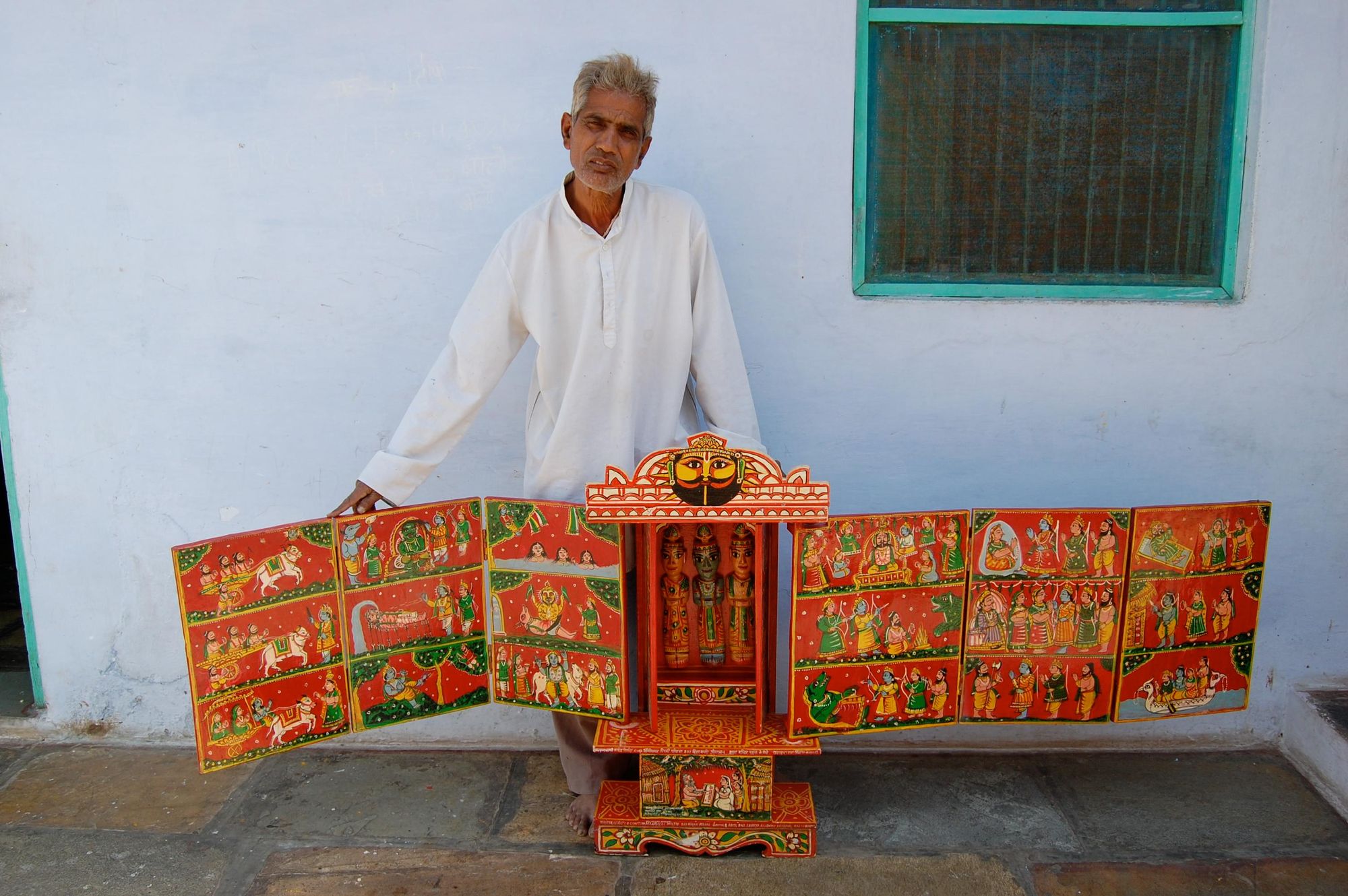
The storyteller’s tale thus remains distinct, while the craft also grows to meet new demand.
“We have this ethos within the craft communities that there's no point looking at these practices as a component of heritage from a stagnant past,” says Mansi. “The only way to continue these traditions is to look at ways of evolving them for the kinds of world and times that we live in.”
For many craftspeople, methodology can be more about available resources than tradition.
These crafts are micro stories of ecological practices in action...
“This idea of sustenance is crucial - because everything is so strongly rooted in local ecologies and local availability of resources,” says Mansi. "For many craftspeople, methods of production is a combination of resource availability and tradition (and not one over the other).
"These crafts are micro stories of ecological practices in action, so a craft practice that could have used traditional ways of lacquering a few centuries ago might now have moved on to using paint because it’s now more easily available. There are some crafts that are practised in the same way that they were centuries ago, but a lot of practices are now evolving to suit current times."
On the Ground
“Rajasthan is part of the Golden Triangle, the three most visited places in India - which are Delhi, Agra and Jaipur,” says destination manager expert Sachin Deshmukh. “Jaipur is in Rajasthan, so that’s the gateway to enter. It’s always been very famous with domestic tourists as well as international tourists, because it has so much to offer, from the cities, the desert and the Aravalli mountains to the history; the temples and forts; to the fantastic infrastructure.”
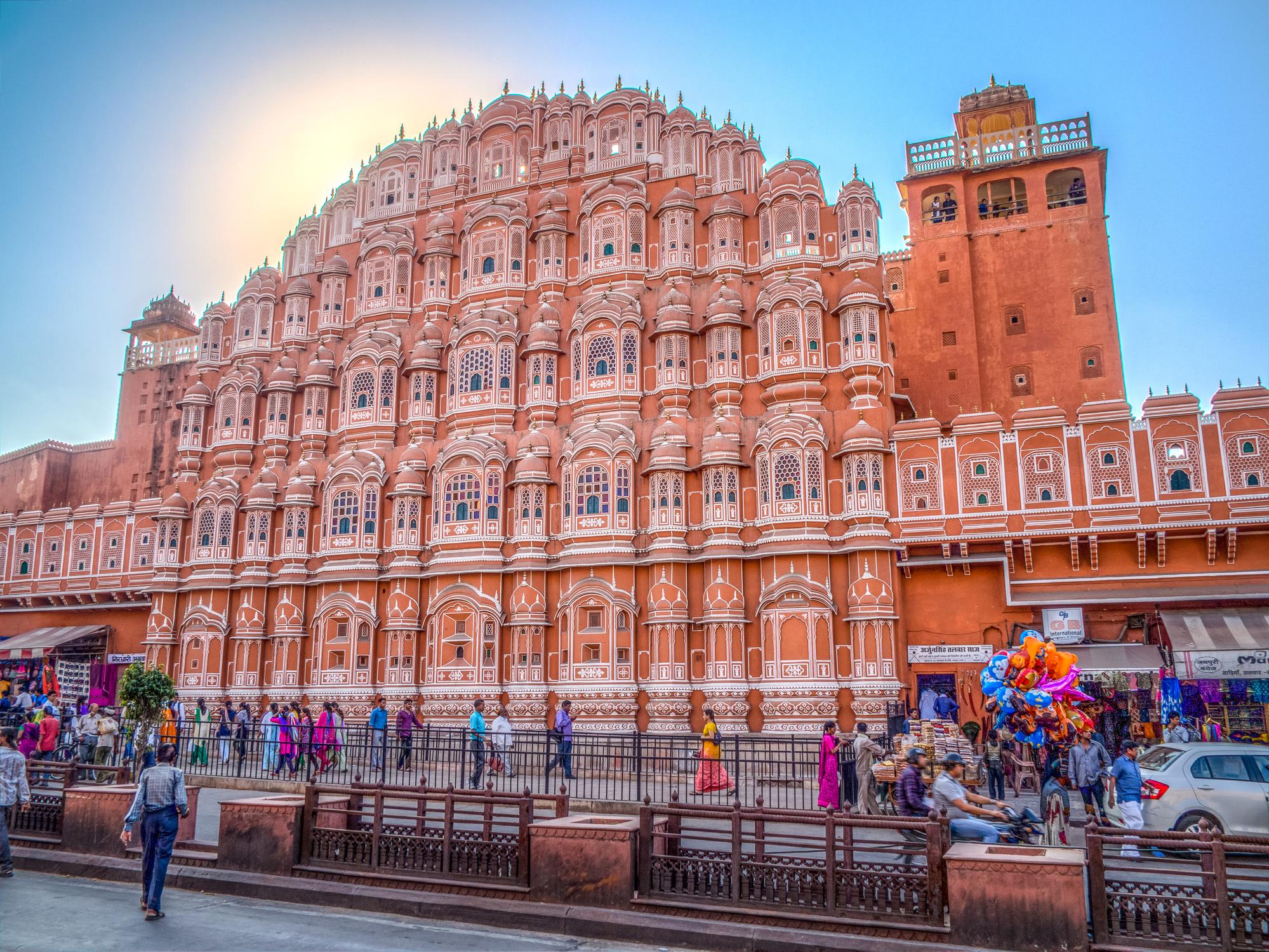
Palak Jain, another local expert, expands: “Jaipur is known as the Pink City, because of the colours, the food and the palaces.” The most famous of these palaces is the Hawa Mahal, a five-story pyramidal palace built from pink sandstone by the Maharaja Sawai Pratap Singh.
“Similarly, Jodhpur is called the Blue City, because you’ll see a lot of houses painted blue, and Udaipur is known as the Lake City, because of Lake Pichola. You’ll see a lot of colours in the dressing style here too - a lot of tie and dye fabric; Leheria, died in lines, in bold colours like pink, red and blue, or Bandhej - floral designs, which women often wear in Rajasthan.
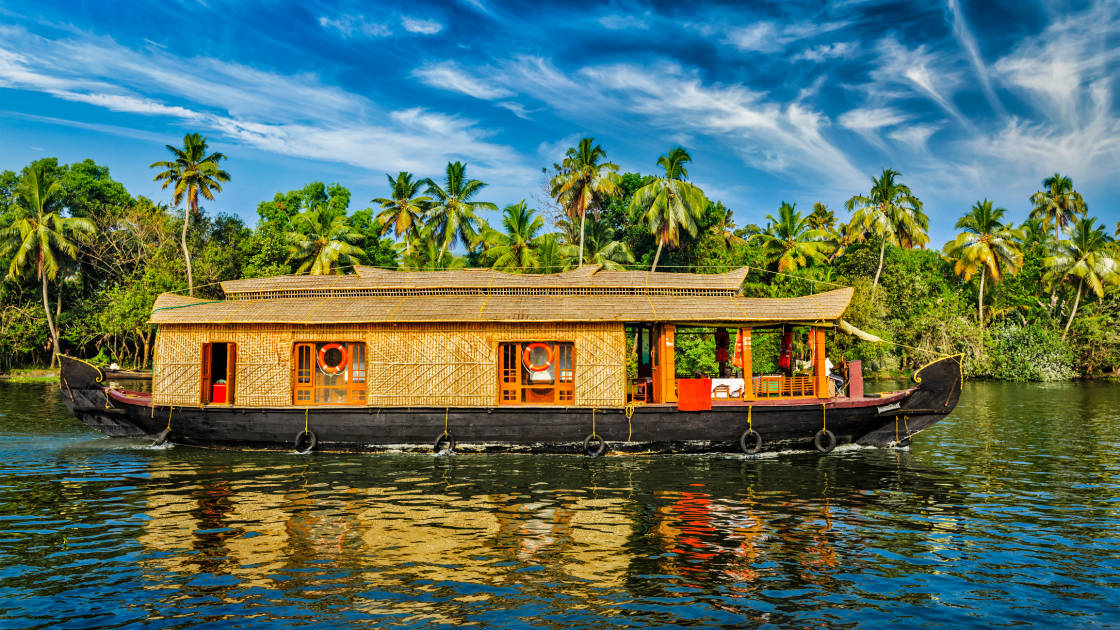
“There are so many different crafts around the entire region, and when travellers go and buy these handicrafts being made by local communities, they’re directly supporting them there.”
There are a plethora of arts and crafts practised across the state of Rajasthan - from jewellery, puppets and beadwork to woodwork, painting, blue pottery, terracotta work and embroidery.
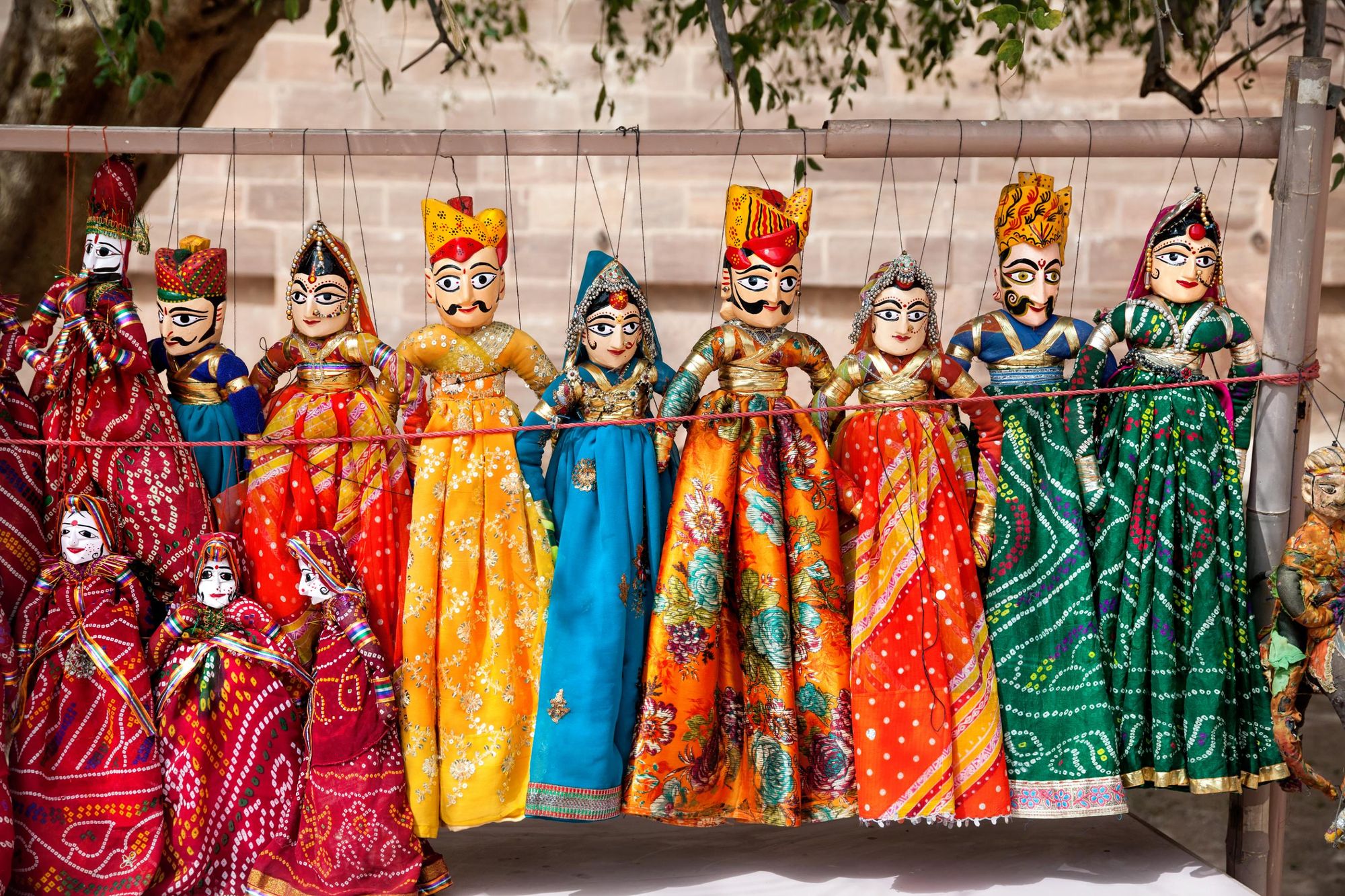
“In Rajasthan, it's the diversity of the environmental conditions and ecological conditions, and that idea of hyperlocal influences on crafts that really strikes me,” says Mansi.
The only way to continue these traditions is to look at ways of evolving them for the kinds of world and times that we live in...
“With craft objects around the state, even if their purpose might be the same, the material used or the technique used in making the objects varies depending on what part you’re in.”
Wonder the streets of Jaipur and you’ll find bazaars dedicated to all sorts of trades, from the Sireh Deori Bazaar situated opposite the Hawa Mahal, where puppets, quilts and leather goods are sold, to the Johari Bazaar, known for its jewellery, and Tripolia Bazaar, which specialises in bright tie and dyes and bangles. Wandering these terrific bazaars is an adventure in itself - as is the art of bartering - but you’ll also likely come across whole workshops dedicated to, for example, blue pottery, which create jobs while also connecting tourists to a local culture.
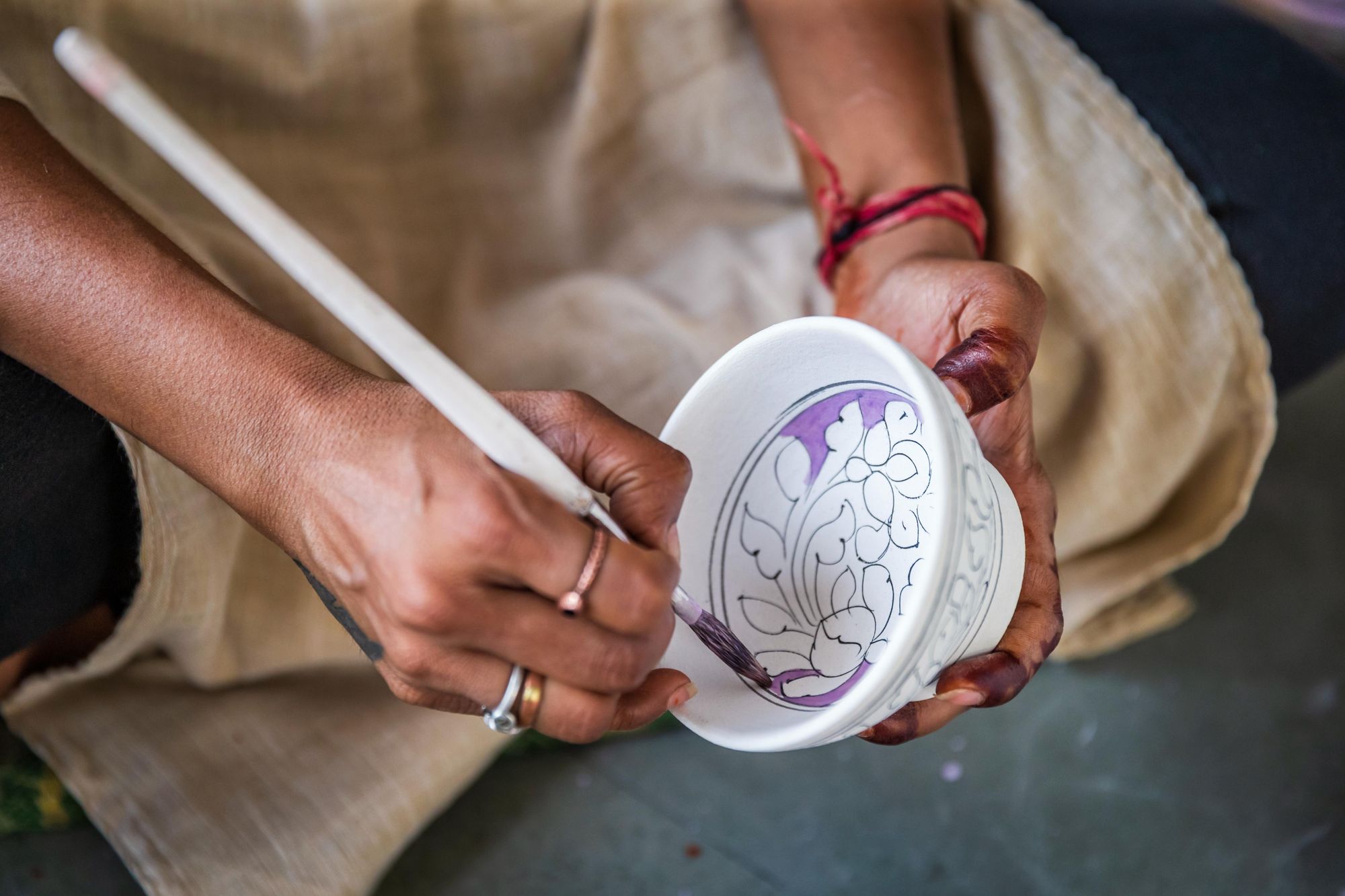
“Blue pottery originally came from Persia and Afghanistan,” says Palak, “but now there are blue pottery workshops where people can see these local handicrafts, see how they’re made and have a go at making it. Again, that supports these local communities.”
This, in a way, is the relationship between tourism and traditional handicrafts distilled down into an experience. Of course, it’s unlikely you’ll produce the finest blue pottery Rajasthan has ever seen in such a class - or that you’ll be making it in the same fashion they did in the 17th century - but through the experience, the craft becomes a window for the traveller into local culture, a way to meet local people, and ensures the craft stays relevant, and provides an income stream.
Whether the end result ends up on a shelf or in everyday use, any pottery brought home will then take you back to the salmon-coloured streets of Jaipur; to the powerful scents of the spices that line them, to the views of the Aravalli mountains, and to the craftspeople who sculpt the culture.
Inspired? Buy local souvenirs and handicrafts on one of our adventures in India.

